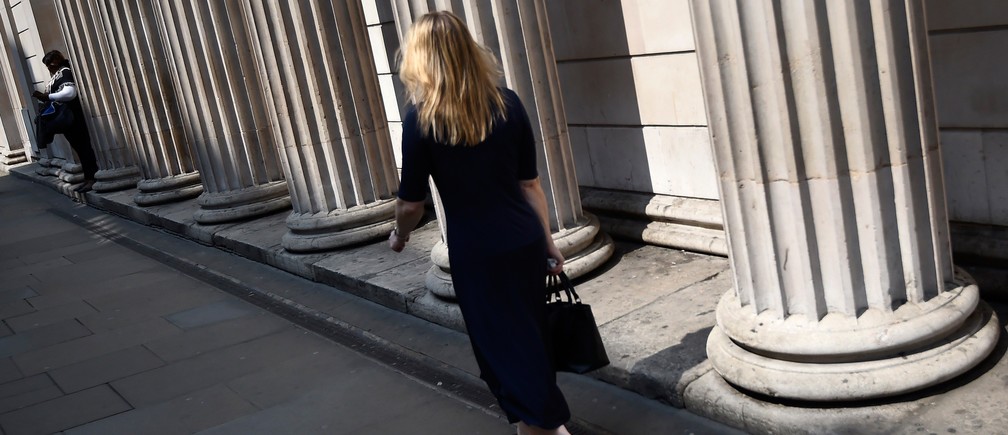Recent graduates Jennifer and John are applying for the same job managing a university’s scientific lab. Both have the exact same credentials. The only difference is the gender of their first name.
In the evaluation by the professors making the hiring decision, John obtained an average score of 4 on a scale of 1 to 7 for the desired competencies, while Jennifer received only a 3.3. The salary offered to John was a little over $30,000, while Jennifer was offered only $26,500.
This is the real story of an economic experiment conducted by a group of scholars to measure the unconscious biases that are present against women. And this bias exists even if it’s a woman doing the hiring.
We have a duty to realize this unconscious bias against women exists. But I’d go further: we also have a duty to apply conscious bias in favour of women in all our decisions, whether individual or institutional.
Before we get there, though, we need data: information that can shed light on the scale of the problem. Without this, it’s difficult to persuade some people of the urgency for change.
That’s why many organizations have been working to identify the scale of the gender gap in different areas. Take the Global Gender Gap report, which reveals that while much progress has been made when it comes to educational attainment and health, the same cannot be said when it comes to political empowerment and economic participation. In those areas, a large gender gap exists.

One of the latest attempts to shed light on the state of the gender gap comes from Chile’s Superintendency of Banks and Financial Institutions. The report disaggregates by gender information on the use and access to banking products and corresponding payment behaviour. It might sound simple, but the insights uncovered in the report have been helping to identify biases in the banking system.
The findings of the latest report are very similar to previous ones. We know, for example, that when it comes to borrowing, women tend to favour mortgage-style loans, whereas more men than women have consumer loans. We also learned from the report that women tend to save more than men, especially in the long term. Finally, women tend to be better at repaying loans – they make fewer late payments and fewer of their payments by cheques bounce.
But the latest report also revealed some new insights. When it comes to mortgage loans, for example, there are no major differences in the length of the loan period or the interest rates charged, but there is a significant difference in the loan amounts, which are on average 17% lower for women. This difference may have an immediate explanation and is most likely related to the relative income disparity and employment vulnerability that women experience in comparison to men.
As for consumer loans, those made to women are on average 32% lower than those made to men. There is very little difference in terms of the length of the lending period. Not so when it comes to the interest rates charged: they’re 15% higher for women.
The reason for this difference is unclear, but it would be useful to try to understand what is behind it. Perhaps women tend to use more consumer-oriented banks or credit products that have higher interest rates, or maybe they are experiencing a negative bias.
The above analysis not only helps understand the existing gender differences in the banking world in order to review both public policies and the commercial policies of the banks themselves, but also draws attention to the unconscious biases that may exist in our language, attitude and actions towards women.
Making a change that is fair and which is also good for society requires a conscious bias in favour of women. That way we prevent our Jennifers from living with a structural disadvantage that exists only because we too often do not recognize the privileges that are afforded to our Johns.
Written by
Eric Parrado, Superintendent, Superintendency of Banks and Financial Institutions of Chile

Recent Comments